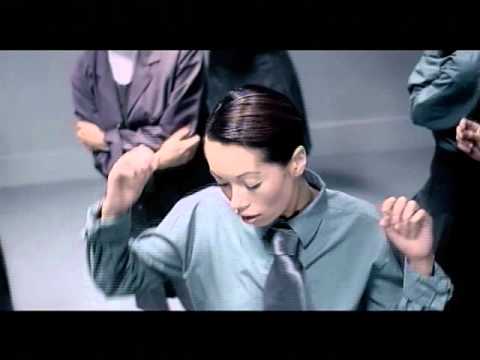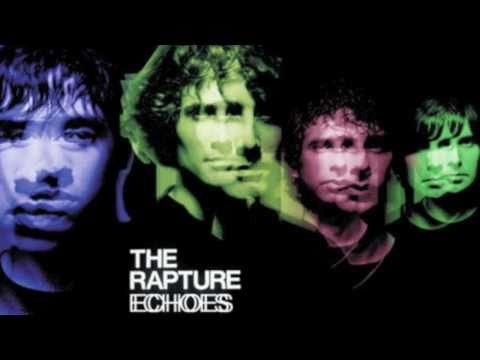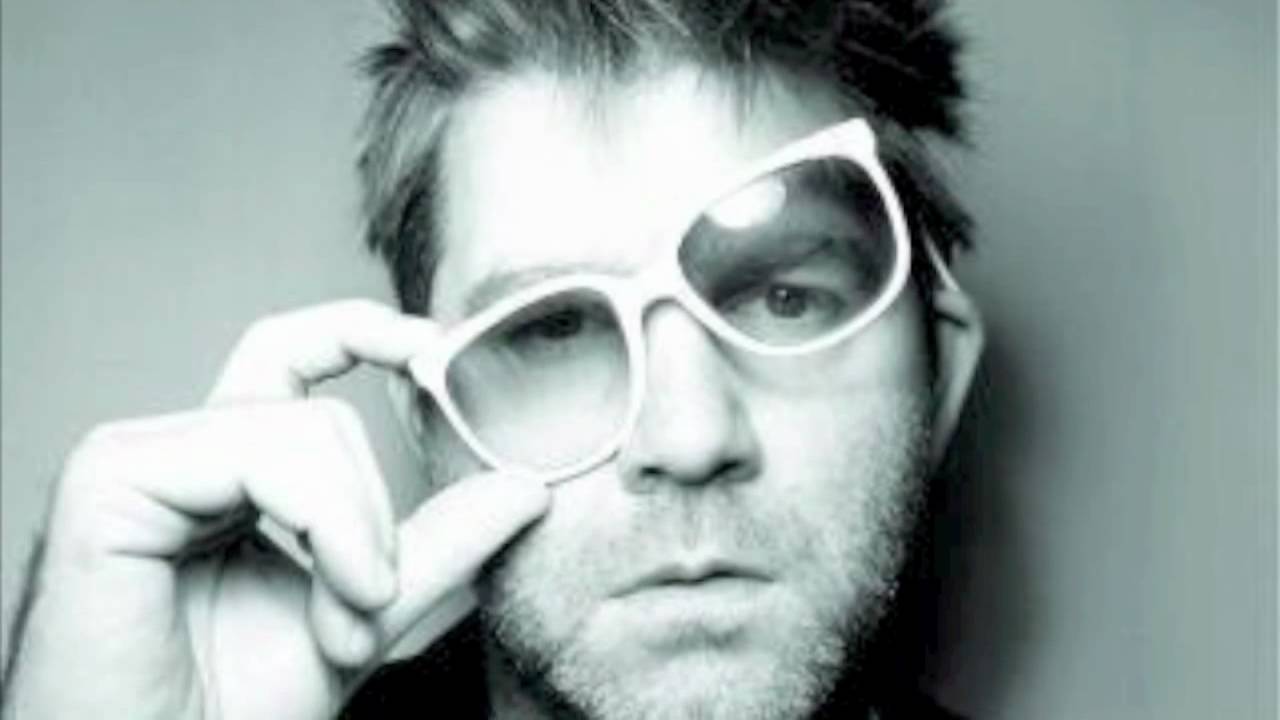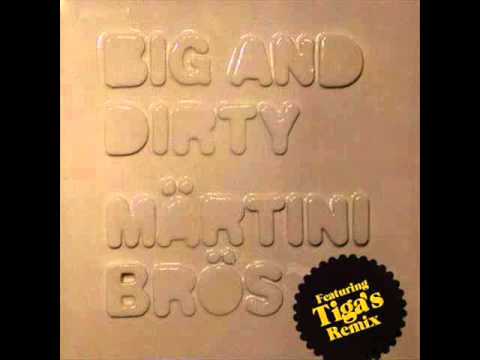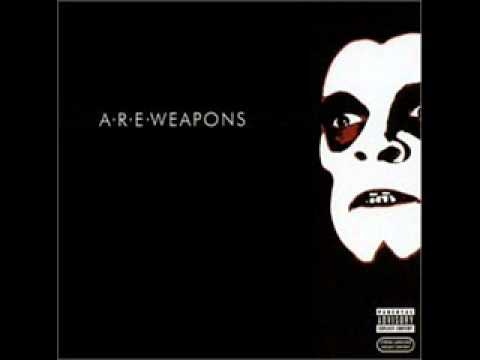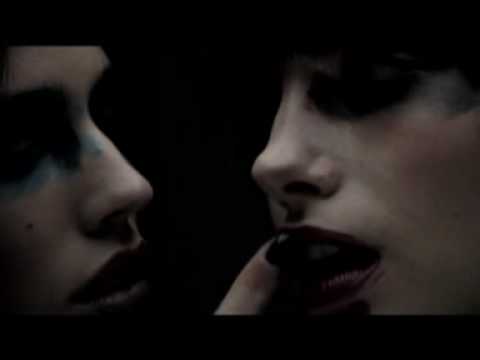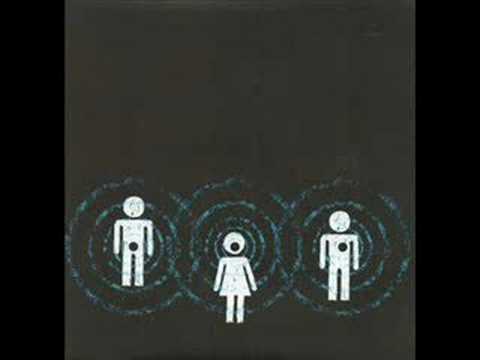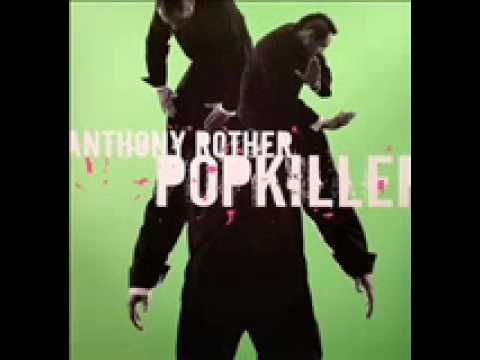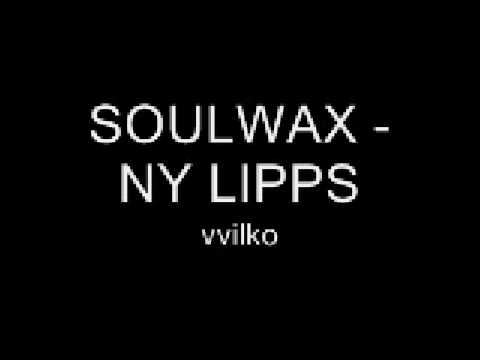
LOUISAHHH!!!’s Guide to Post-Electroclash Dance-Rock Music
When I first started going out to clubs as an underage New Yorker, there was a unique and liminal moment when the music resided somewhere after electroclash, before tech-house and well before that combination of words became a slur. It was “dance rock,” and it was my gentle entry point to techno. It’s kind of embarrassing because a lot of the music is super cheesy, but it remains a huge influence and a great joy for me to play—when I can get away with it.
Ladytron, “Seventeen” (Telstar 2002)
It feels appropriate to start any discussion of this type of music with Ladytron’s seminal track “Seventeen.” It was released just four years after Miss Kittin & The Hacker’s “Frank Sinatra,” which typified electroclash. Ladytron continued the theme of a nihilistic culture that chews up and spits out its young and beautiful constituents. The lush, melancholy melodic components on “Seventeen” bely a sensitivity beyond the ice-cold arpeggio of “Frank Sinatra,” noting a departure towards the “dance rock” that was played in clubs.
The Rapture, “Olio” (Gravity 1999)
Though Olio was actually released before “Seventeen,” it’s an important track to note because it’s coming from the other side in that it’s a “traditional” rock band making dance music. Tracks like this laid the groundwork for LCD Soundsystem, !!! and other NYC bands to use drum machines and turn tiny dirty bars into full-on dance club experiences.
LCD Soundsystem, “Tribulations” (Kastoria 2004)
LCD Soundsystem may have been the most successful example this musical moment, as they steered the genre into something beyond a style that only referenced the Talking Heads and disco and its label, DFA, became a really important fixture in modern club music. “Tribulations” might be the perfect dance-rock song, and the remixes by Tiga and Lindström transformed it into a dark acid anthem and insistent galloping disco-boogie, respectively. Fantastic stuff.
Märtini Brös, “Big & Dirty (Tiga Remix)” (Turbo 2004)
Speaking of Tiga, he made some really excellent remixes around 2004—which was, incidentally, the year I started DJing. This one for The Märtini Brös (who are, according to Wikipedia, a “German indietronic duo”) is everything I want in a song. The lyrics about delighting in bad behavior and the use of a vocal-sampler as an instrument make it the best.
A.R.E. Weapons, “Don’t Be Scared” (Rough Trade 2003)
As I’ve abandoned both chronology and geography in creating this guide to a genre of music that has no specific name—I will not support the “indietronic” label, thank you—it feels critical to represent the crusty side of this non-movement. A.R.E. Weapons is an edgier “hardcore electro rock” project that penned classics like “Fuck You Pay Me” and hung out in bars on the Lower East Side around 2003. “Don’t Be Scared” is an anthem that is perhaps not as culturally relevant as it once was but nonetheless will remain an important message until the world ends.
Playgroup, “Make It Happen”
A conversation about post-electroclash dance-rock can’t happen without mention of Trevor Jackson’s magnificent Playgroup project. He somehow escapes the cheesiness that was rampant in 2003 and managed to remain tasteful even as he included a saxophone solo on over half of “Make It Happen.” This track is so awesome that Maelstrom and I had to make a cover of it.
MU, “Paris Hilton” (Output 2004)
Mutsumi Kanamori and her husband/producer Maurice Fulton made some really great organic, aggressive and shout-y dance music. Tigersushi released MU’s first full length album in 2003, but their grand opus, which was a “fuck you” to Tigersushi after a bad falling out, was released with Trevor Jackson’s now-defunct Output Recordings. This second album included “Paris Hilton,” a staple of my drug-fueled youth AND a track that I heard Maelstrom playing at Paris Social Club when we first met, which solidified our creative soul-partnership.
Elektrochemie, “Pleasure Seeker” (Get Physical 2005)
In 2005, Get Physical released a record from supergroup Elektrochemie, which was comprised of Caitlin Devlin, Stephan Bodzin and Thomas Schumacher. This marked an impressive turning point in post electroclash/pre-tech-house vocal dance music, as Get Physical is a “serious label for serious DJs” and not just some wild kids in a shitty bar. “Pleasure Seeker” has hugely influenced me, as it’s dark and a little dirty but has really good, tough production and great vocals. This track is still very playable.
Anthony Rother, “Father” (Datapunk 2004)
In 2004 electro pioneer Anthony Rother brought the genius LP Popkiller to the world. On this album, he applied his dance music sensibilities to a more pop structure, creating something that could be described as “synth punk” if that combination of words meant something really fantastic instead of the worst idea ever.
Soulwax, “NY Lipps” (PIAS 2005)
Soulwax’s Night Versions the most complete example of an album that demonstrates exactly what I’ve been trying to discuss throughout this musical journey. With shout-y vocal elements, chanting drum machines and synths in place of “organic” instruments, the band effectively reworked its existing rock songs into better-than-ever club hits. There was actually a point when we* were all going to get tattoos that read “PART OF THE WEEKEND NEVER DIES” as a tribute to it. That’s how important this album is. We didn’t, because we are not idiots, but that doesn’t change how awesome Soulwax is.
*Names withheld to protect the innocent.
Support this amazing and charming woman by buying or listening to her music on iTunes, Spotify or Deezer. You can also listen to her EB Radio podcast with Maelstrom here. Cover photo by Eric Traoré.
Published September 24, 2015.

